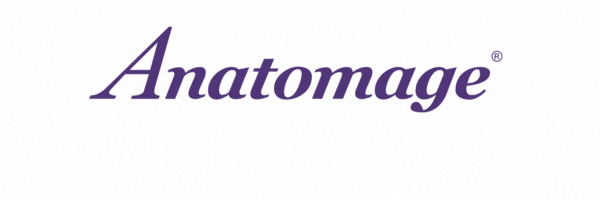New upgrades to the Anatomage Table enhance the functionality of our Anatomage Bodies, enabling accurate visualization of anatomy and real-time physiological simulations. These advancements expand its applications from educational settings to practical medical use, offering new opportunities for both teaching and clinical practice.
